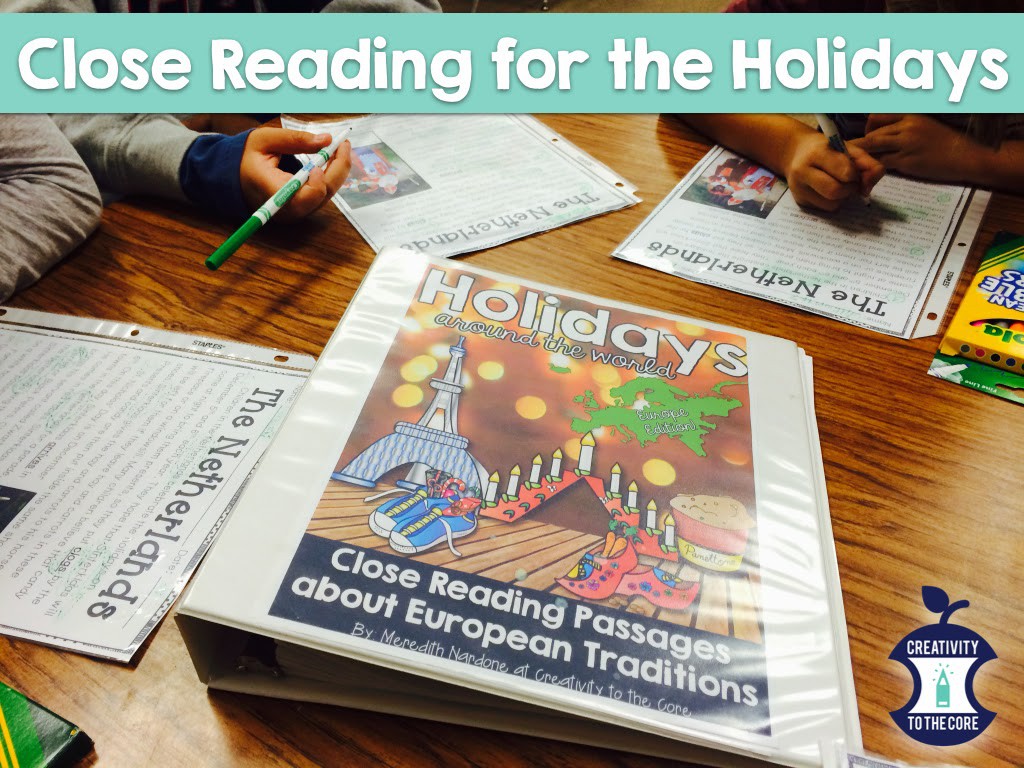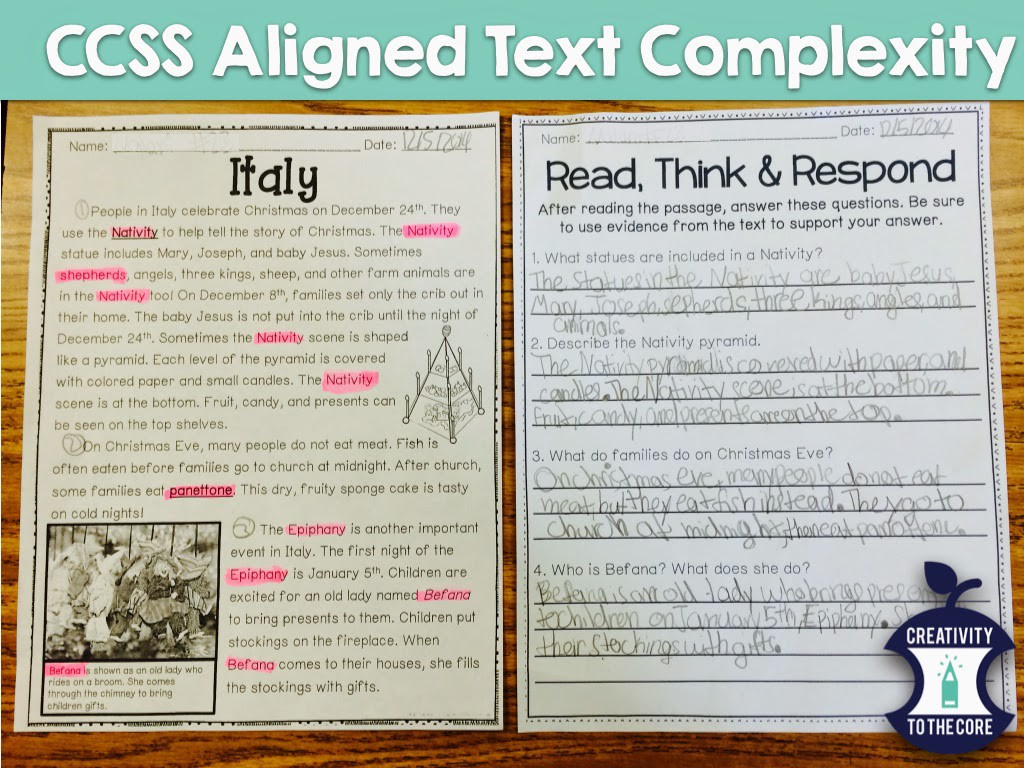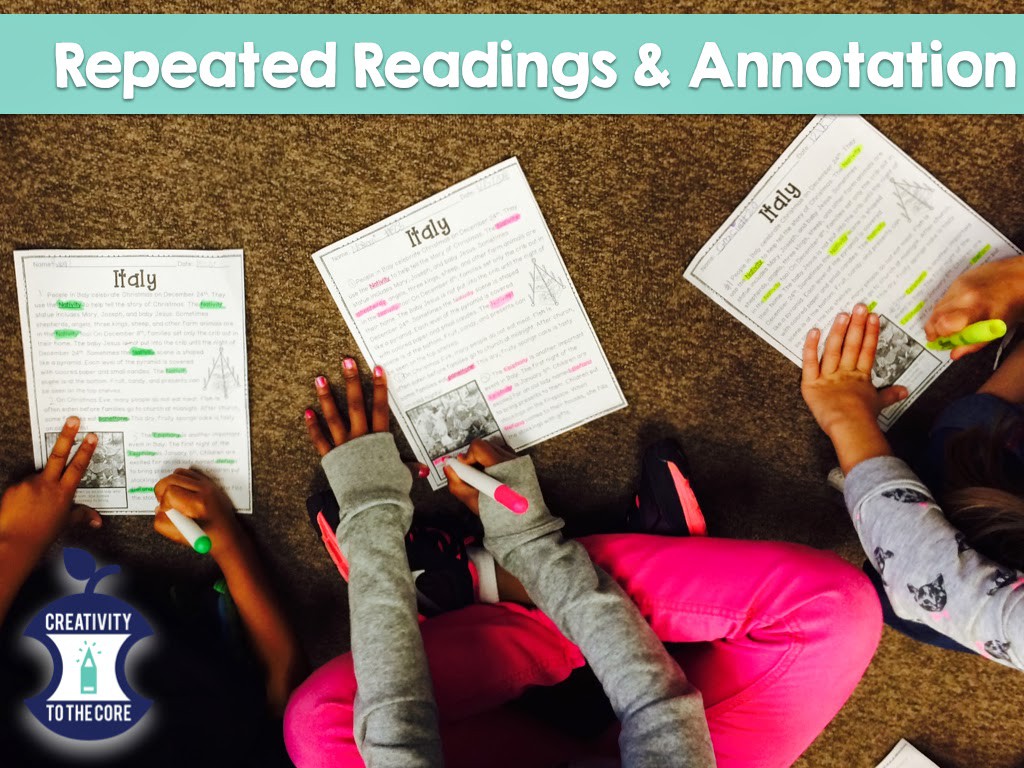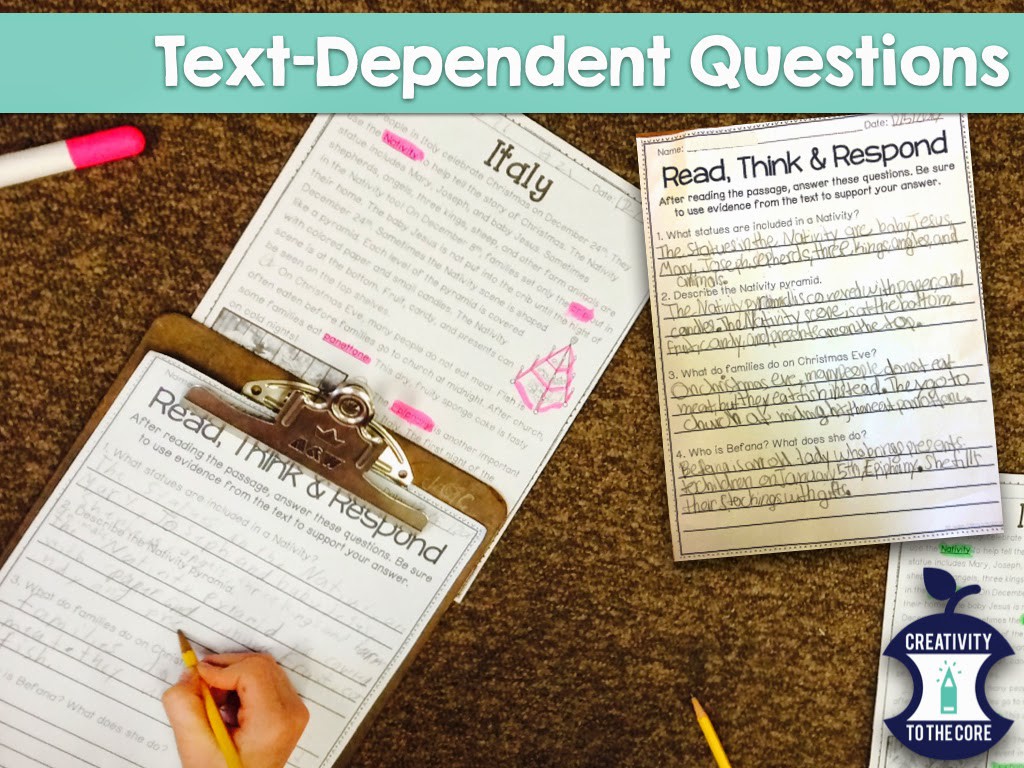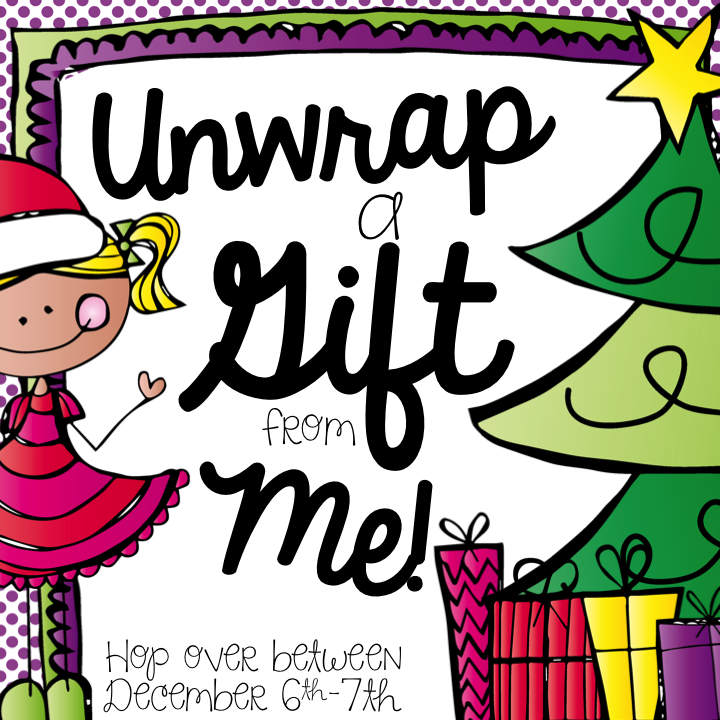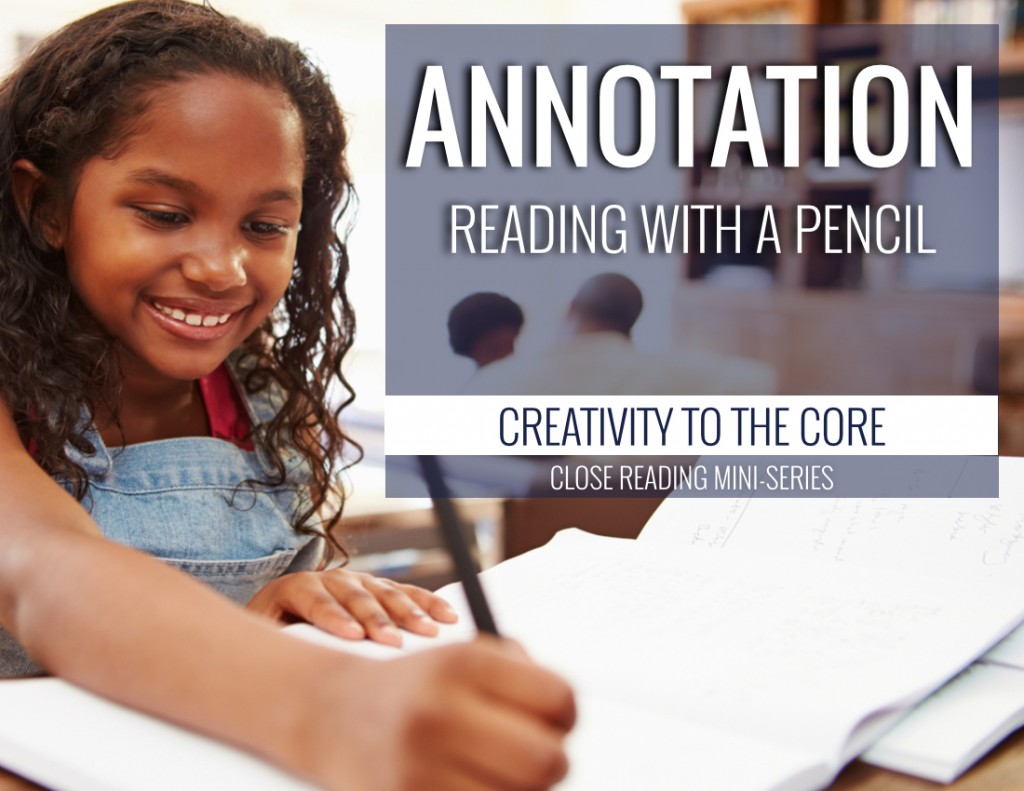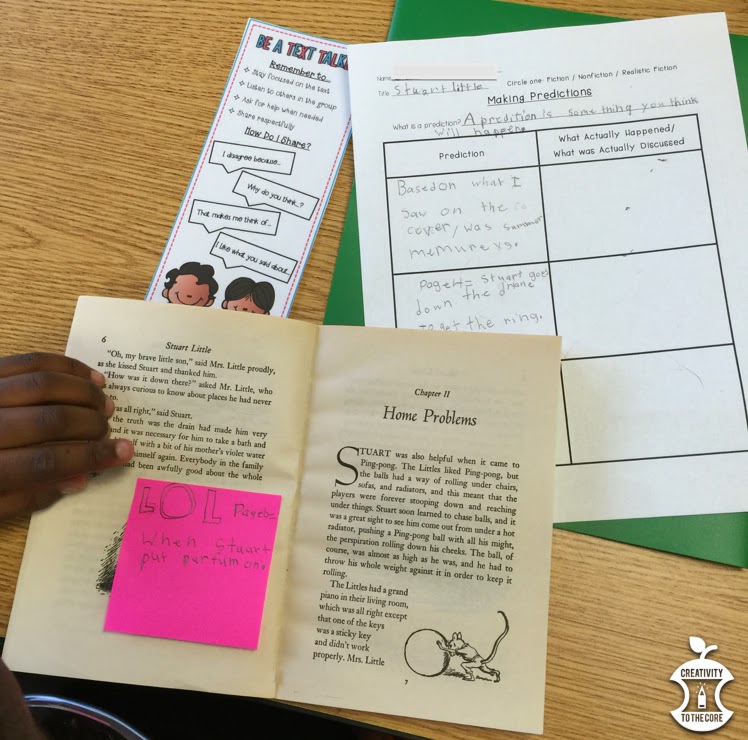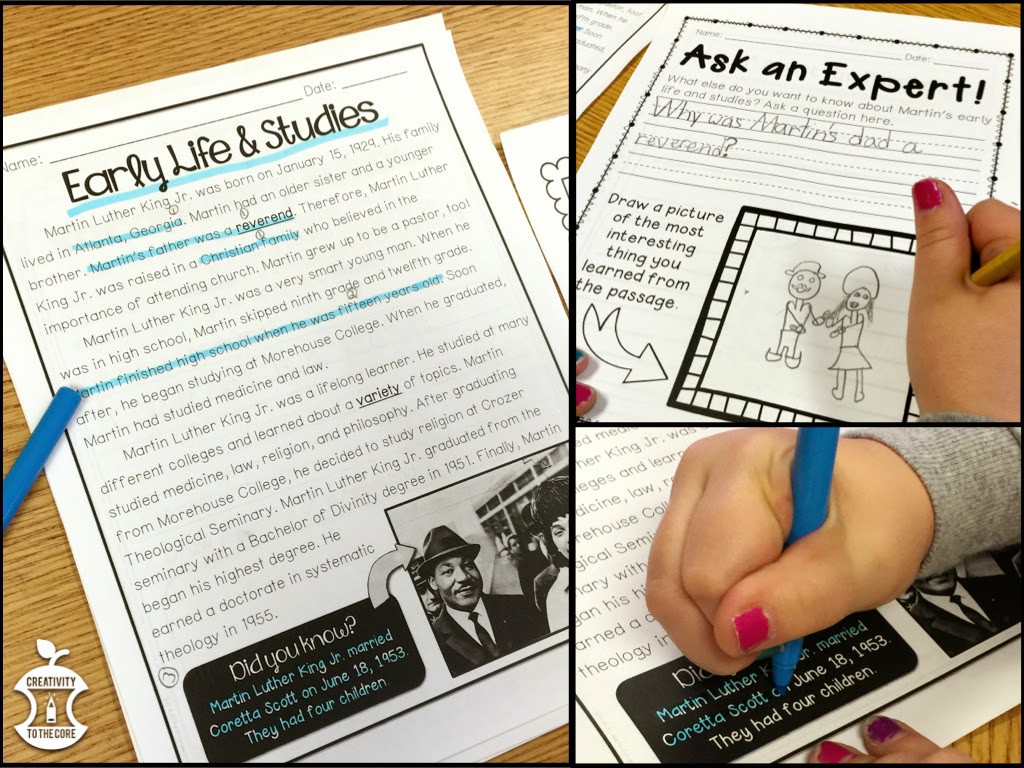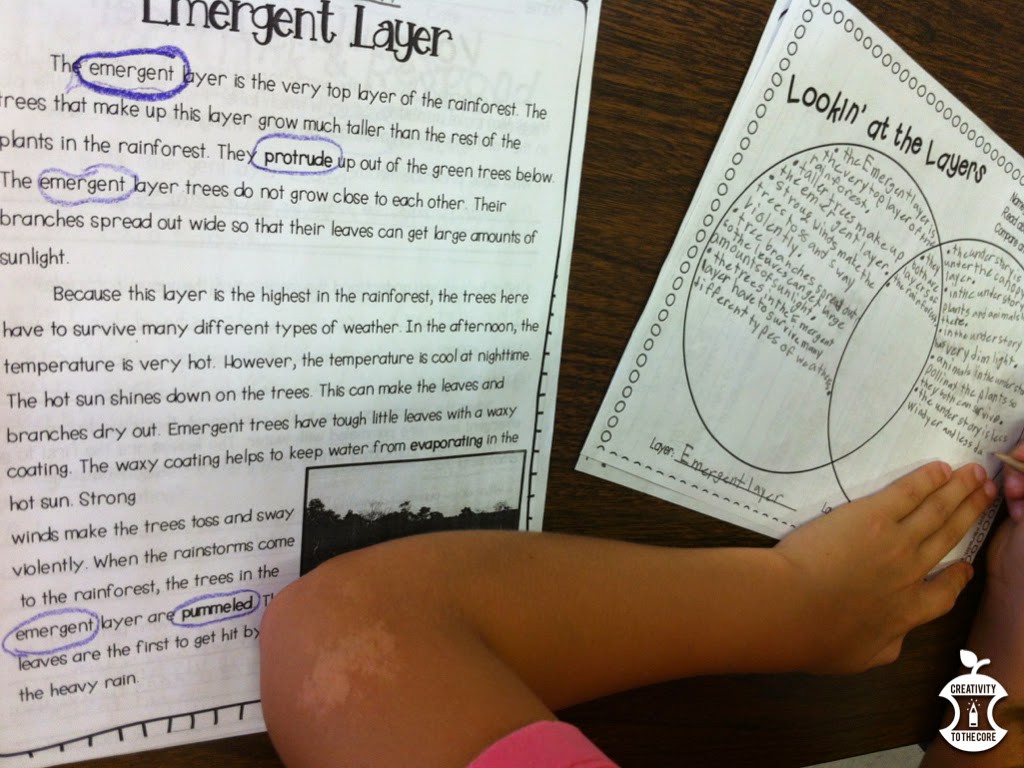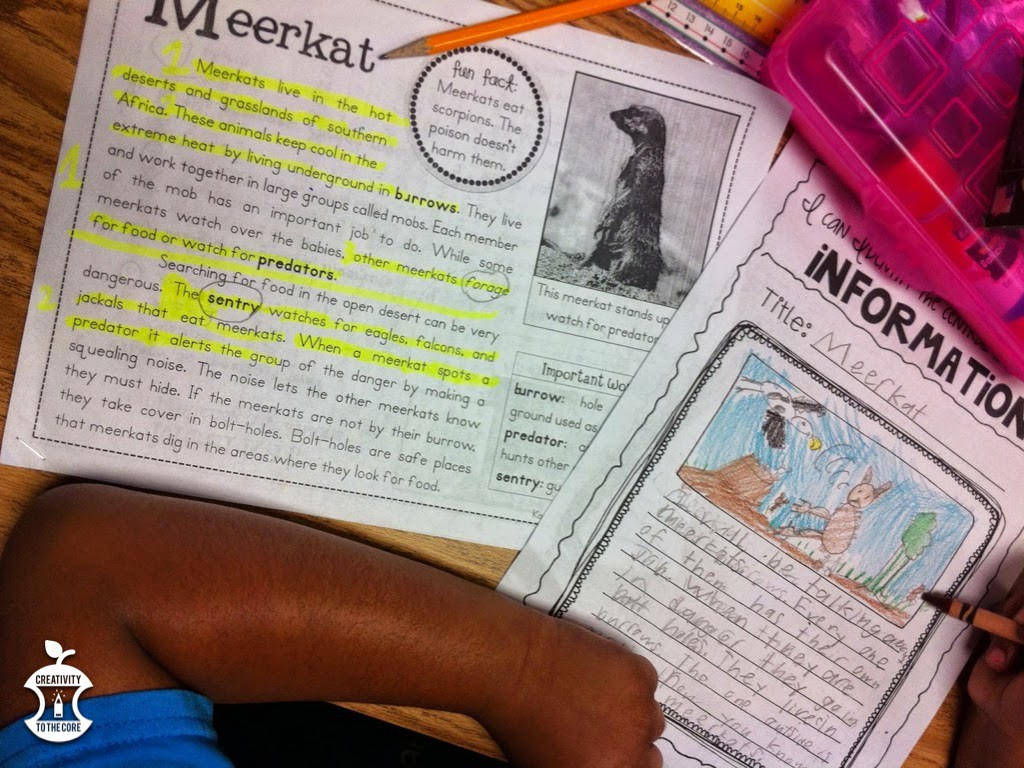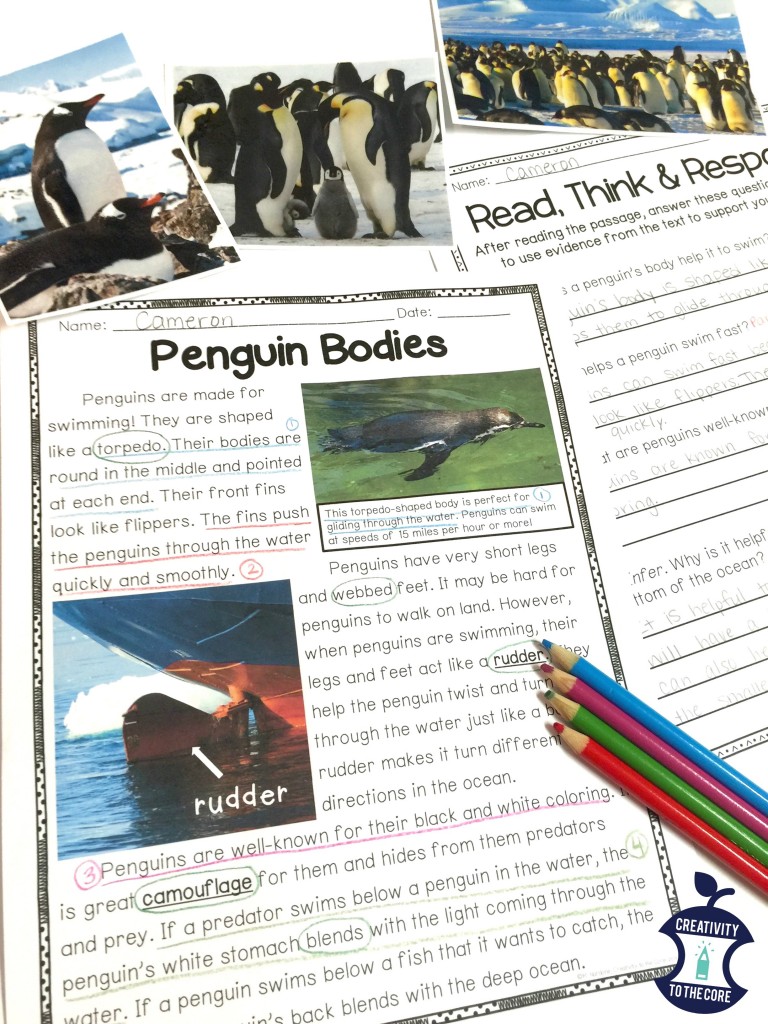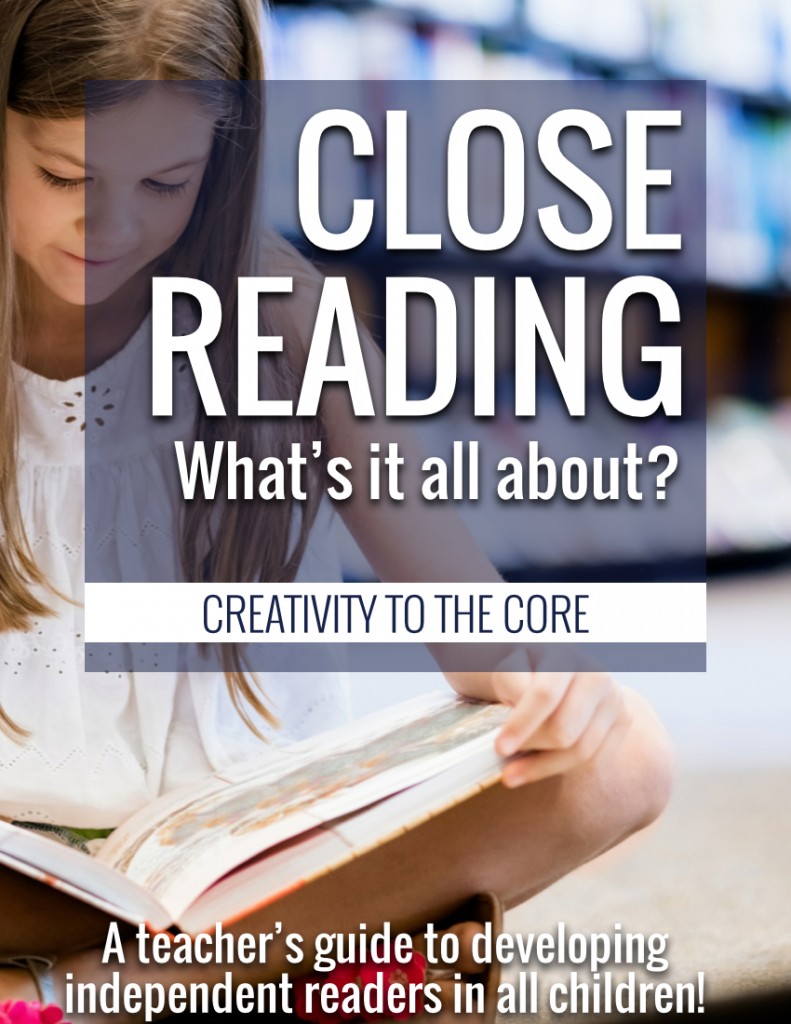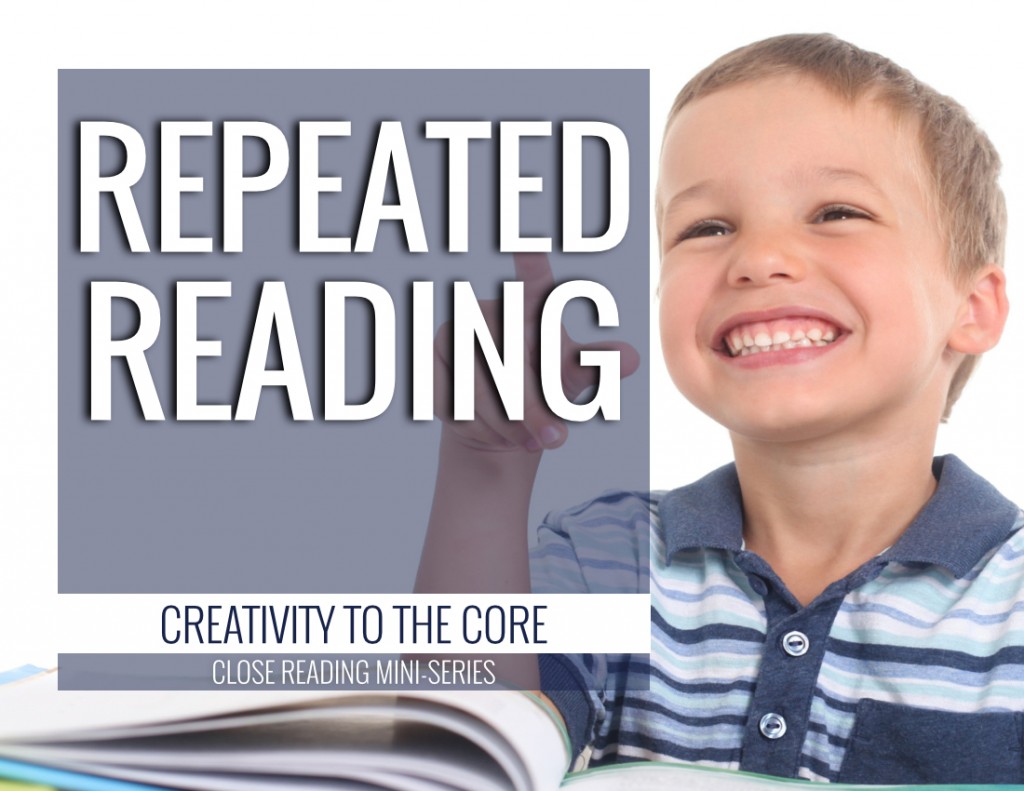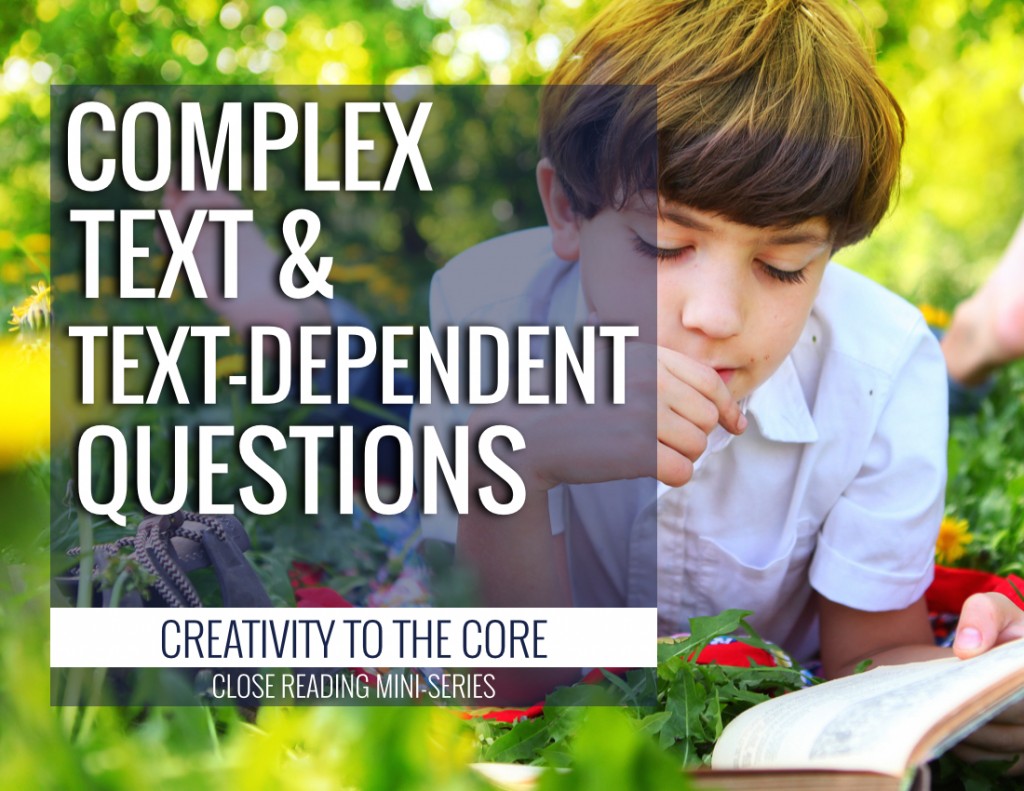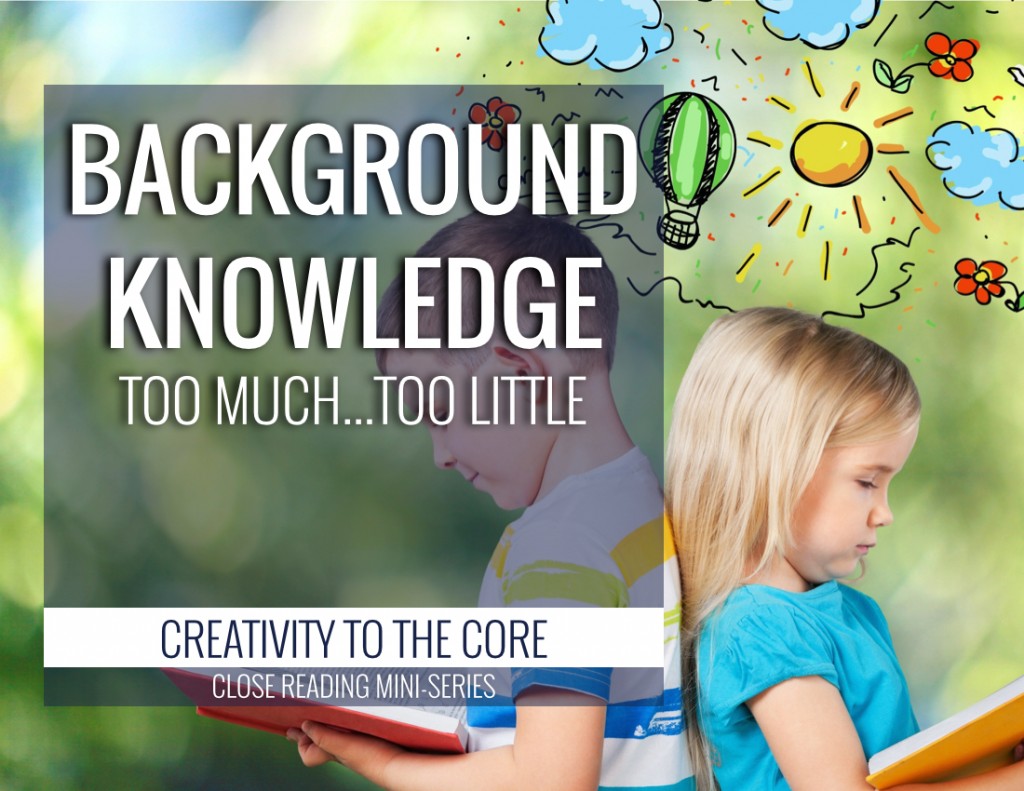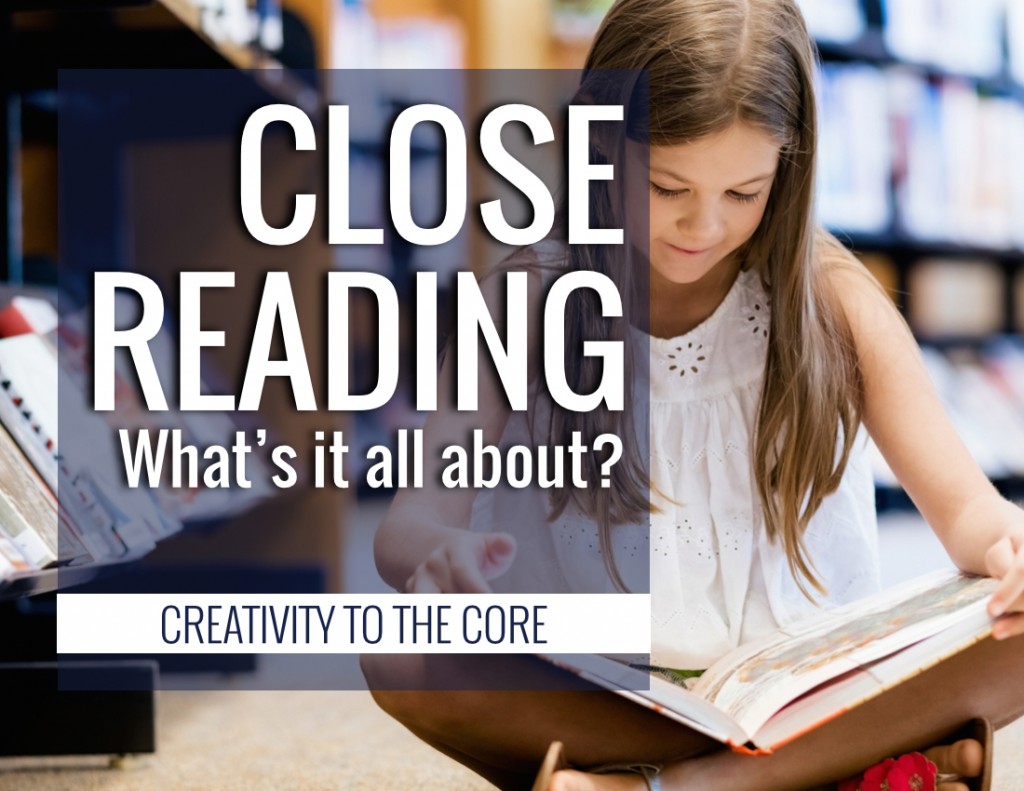Are you in need of some low-prep activities to get your students through the holiday season? Check out my newest close reading passages! They are perfect for small group, guided reading, weekly homework, and thematic units. All you have to do is simply download and print! If you are not familiar with close reading you can read more about it in my Close Reading Mini Series.
I’m excited to be a part of The Primary Gal‘s Unwrap a Gift Linky Party. There are so many engaging gifts for you from some of my favorite teachers. Keep reading for a closer look and be sure to unwrap your gift at the end of this post!
I have two sets of holiday close reads: European traditions (7 passages) & Asian traditions (6 passages). Each passage is written at an appropriate text complexity level for 2-3rd grade according to the Common Core State Standards. However, it totally depends on your students. I often used similar close reads with my high first graders, and I have a friend who uses them with her struggling fourth graders. There are two different versions of most handouts within each set. Instant differentiation!
Close reading is all about developing a true understanding of the text. Therefore, I make sure that students are rereading many times. One passage will last us 3 days to a full week! Students reread the passages silently, aloud, and to partners. Then, they annotate by highlighting or circling unknown words, numbering paragraphs, and underlining answers in the text. You can have students use any annotation marks that you like (although I recommend no more than about 3 at a time – see the close reading blog series above for in depth information).

